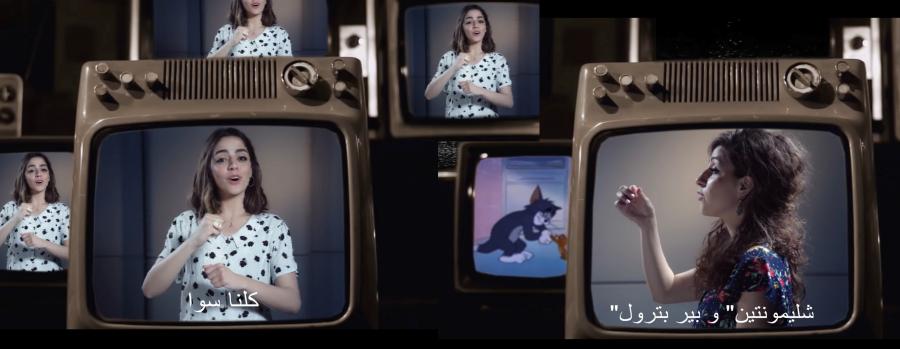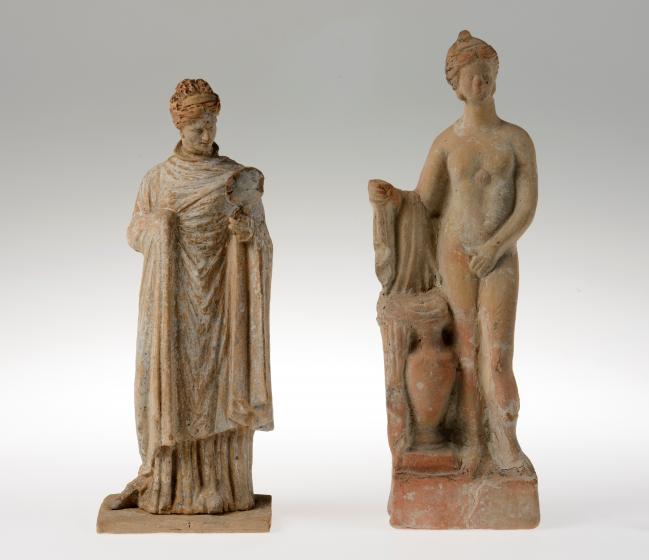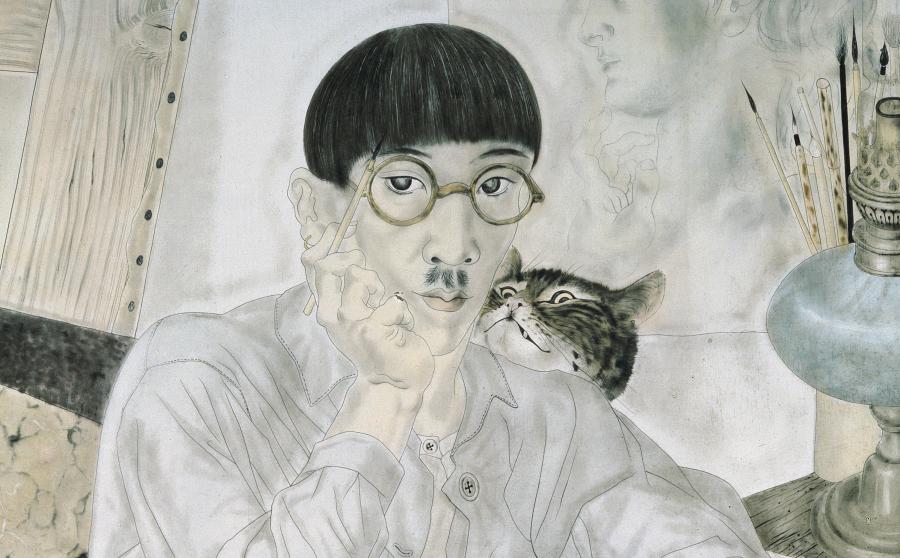The 16th Lyon Biennale: manifesto of fragility positions fragility at the heart of a generative form of resistance that is emboldened by the past, responsive to the present and primed for the future. In acknowledging fragility as one of few universally felt truths in our divided world, the Biennale assembles a host of creative practices and objects spanning two millennia that variously speak to the vulnerabilities of people and places, past and present, near and far. Conceived as a collective statement authored through word, image, sound and movement by 200 artists and creatives, it calls on a community of resilient voices to draft a manifesto for a world that is blamelessly fragile. The Biennale is structured around three distinct yet inter-connected layers, where fragility and resistance are explored through the lens of the individual, the city, and the world respectively.
A sound performance, by James Webb, is presented in the museum's garden.
With an academic background in religion, theatre and advertising, conceptual artist James Webb creates site-specific sound installations, sculptures and performative works that explore various ways of giving language and abstract ideas experiential or material form. Webb’s works often deal with concepts like belief and faith, especially their meaning within broader historical or social contexts. Through Webb’s interventions, found objects become interactive speakers and texts transform into enigmatic relics; the works function like allegories to reveal new paths of understanding and communication. Webb also shows how intangible concepts like devotion accumulate meaning and form through subjective interpretations. Cataloging varying expressions of shared customs in different cities, Webb forms networks of connection between diverse communities that bind geographies, histories, and cultures together in a common space.
The sound installation by James Webb is in the museum's garden - free access.
The museum is open from wednesday to monday, from 10 am to 6 pm, and friday, from 10h30 am to 6 pm.
Closed Tuesday and national holidays.
A film set at the museum by Michelle et Noël Keserwany is showed in the Fagor's factories.
Michelle and Noel Keserwany
Through satirical and incisive songs, screenplays, and other narrative formats, Michelle and Noel Keserwany upend expectations and disrupt conventional power dynamics with humorous twists of storytelling and caustically poignant commentaries on ingrained injustices and current socio-political developments. In their work, language is both a corrective for imbalances like inequality and corruption, as well as an indicator of inherent codes of class and status. Michelle and Noel Keserwany’s projects demonstrate their investment in raising the voices and narratives of women from diverse backgrounds in collaborations that embolden participants to express themselves more freely, and show the potential in communal practices for nurturing expressions of vulnerability as a form of empowerment. (Recipient — Michelle Keserwany, writer — of the Jury Prize at the Cannes Film Festival in 2018).
Ten top pieces of the museum collections, egyptian antiquities and XIXth century paintings will be shown at the macLYON within The Many Lives and Deaths of Louise Brunet exhibition.
Blurring the boundaries between fact and fiction, with an approach that is akin to that of an investigator, this part of manifesto of fragility is imagined more like an artistic installation, rather than a curated exhibition. A wide plethora of artworks and archives spanning two millennia, come together as parts of an unfinished puzzle. Though originating from disparate times and places, they each embody in tangible form, the existence of a person seeking to liberate themselves from the circumstances into which they were born. Alongside the works on display are several short stories that have been conceived as a literary extension of the exhibition’s fictional narrative. They serve as clues from a larger body of evidence through which traces of several Louise Brunets begin to appear. From a black Senegalese woman fleeing the colonial exhibition of Lyon in 1894, to a gay artist dying of Aids at St. Vincent’s Hospital in New York in 1992, the turbulent lives of these people hover between reality and imagination. They serve as gateways into distinct forms of fragility and resistance as experienced through the lens of the body, race, gender, labor, desire, or colonial struggle. The many lives and deaths of Louise Brunet begin to emerge.










